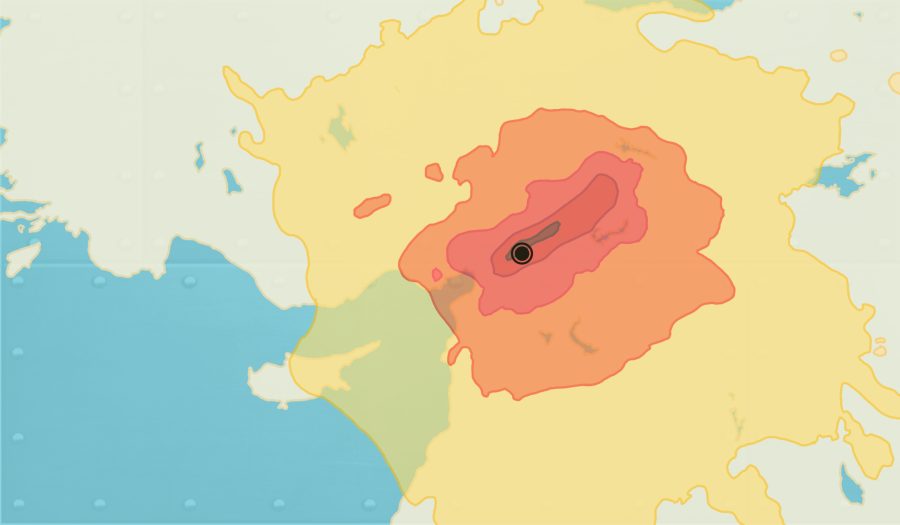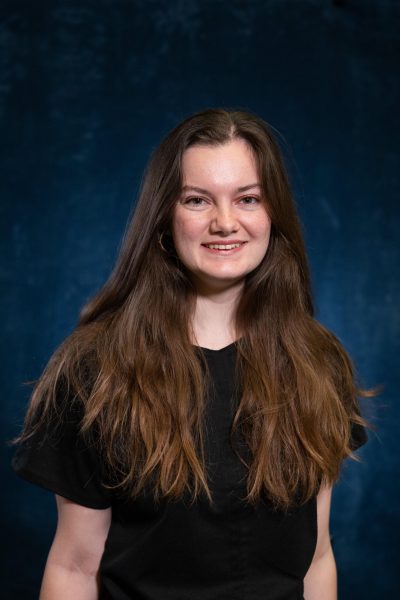UC San Diego and UC Berkeley Researchers Study Turkey and Syria Earthquake to Examine Seismic Impact
Photo by Ava Bayley/ UCSD Guardian
Mar 5, 2023
UC San Diego and UC Berkeley researchers are using the recent earthquake in Turkey and Syria as an opportunity to study the impact of seismic activity on buildings and develop better building codes to prevent damage from future earthquakes.
UCSD Structural Engineering Professor Lelli Van Den Einde is leading the research project using the university’s large outdoor shake table. This shake table is a crucial piece of equipment used to test structures and systems under seismic or earthquake loads. The researchers hope that their work will lead to the development of better building codes not just in the United States, but around the world.
“We look at these earthquakes that happen. We kind of call them living laboratories,” Van Den Einde told The UCSD Guardian. “A variety of researchers from all over the country and the world will go to the earthquake and take a look at the damage, and they will check the deficiencies in the codes.”
The team will take the ground motions, like the acceleration, that were recorded from the Turkey earthquake, and, in future research projects, they will simulate a similar earthquake. They can run these earthquake records and test their new structures at the shake table. This helps researchers identify adequate codes for more quake-resistant infrastructure.
For researchers, one of the main obstacles in conducting this work is time.
“It takes a long time for us to analyze the data and figure out where the discrepancies are in the code versus what was built in the field,” Van Den Einde said. “To actually implement changes in our building codes, we have to identify the areas of weakness. Then, we have to conduct large-scale experimental test programs, which take a couple of years to really conduct and analyze. Eventually, in at least two years, some of the design changes will end up back in the code. It is mostly a time factor; it is not really a fast turnaround.”
The team is currently testing a 10-story timber building on the shake table to develop new design ideas to make it more feasible to use in seismic regions. They are considering running the Turkey earthquake simulation on the 10-story timber building to see how it performs under seismic activity. However, this development may take months to years for them to build, since it takes time for the researchers to record the data and simulate the earthquake.
The researchers also face the challenge of outdated building codes in some regions.
“Turkey’s latest [building code] was updated in 2018,” Van Den Einde said. “We are still trying to figure out from that code what is still deficient,” Van Den Einde said. “It was hard because in Turkey they had a lot of other problems, political problems. The government turned a blind eye; they basically allowed people to build structures. They wanted to have a boom in the economy, so they did not require people to necessarily follow code. The buildings ended up not being seismically sound.”
By using the recent earthquake in Turkey as a living laboratory, the team hopes to identify areas of weakness in current building codes and conduct large-scale experimental test programs to develop new design ideas to improve building safety in seismic regions.
Art by Ava Bayley for the UCSD Guardian




Daphne H. Galang • Mar 8, 2023 at 5:19 pm
Dear UCSD Guardian, I compliment the addition of international news on the front page of the printed newspaper. Please consider improving the color map accompanying the article by including a color key to indicate what the different colors signify, and overlapping information on a geo-political map with the boundaries of the countries and the names of the major cities. Sincerely, UCSD Alumna, DHG